Scattered across Mexico’s Yucatan Peninsula, cenotes represent one of nature’s most remarkable geological phenomena—limestone sinkholes that reveal pristine underground river systems. These natural swimming pools maintain crystal-clear water year-round, with temperatures hovering around a comfortable 75°F regardless of surface weather. The Maya considered cenotes sacred portals to the underworld, and modern snorkelers quickly understand why these formations inspire such reverence.
Most tourists stick to the crowded cenotes near Cancun and Tulum, missing thousands of equally spectacular formations that remain virtually untouched. Here is a list of 19 snorkeling spots in Mexico’s hidden cenotes where extraordinary underwater worlds await discovery.
Cenote Manatí
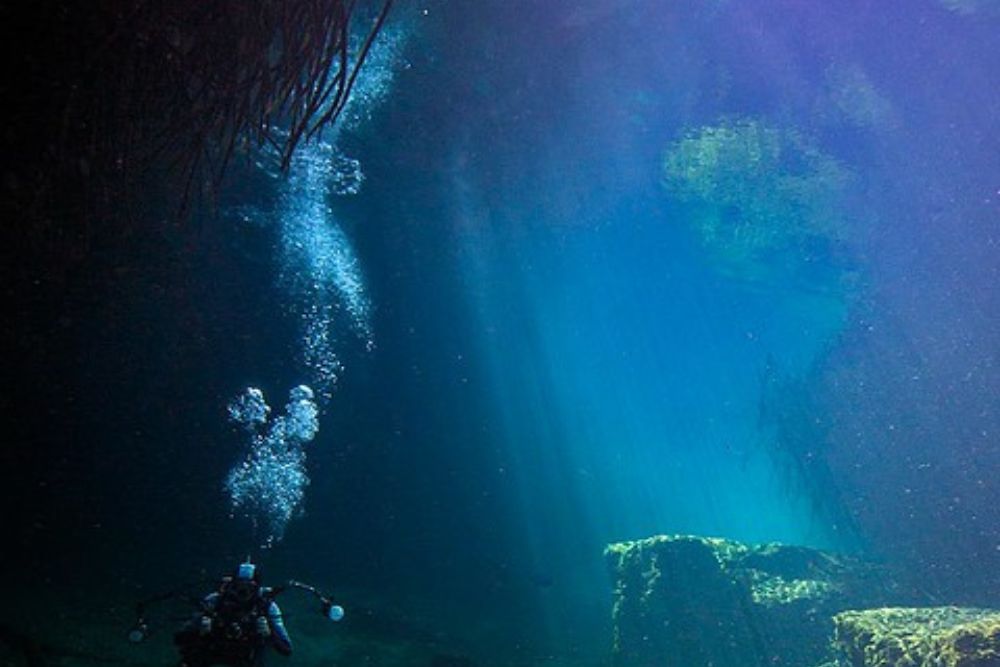
Twenty miles from Puerto Morelos, this enormous cenote spans nearly 500 feet across while plunging to depths that exceed 130 feet in some areas. The water here stays so clear that the bottom appears deceptively close—until you realize you’re floating above a limestone cathedral.
Ancient stalactites hang like stone icicles throughout the cavern sections, creating an otherworldly backdrop for schools of tiny freshwater fish that dart between the formations like living confetti.
Cenote Chikin Ha

Multiple chambers connect through easily navigable underwater passages, making this cenote system feel like an aquatic maze near Playa del Carmen. The main pool opens to brilliant sunlight through a massive circular skylight, while smaller chambers remain mysteriously shaded by limestone overhangs that filter light into ethereal blue-green hues.
Constant freshwater springs feed the system, maintaining visibility that reveals every crack and crevice in the limestone walls below.
Like Travel Pug’s content? Follow us on MSN.
Cenote Jardin del Eden
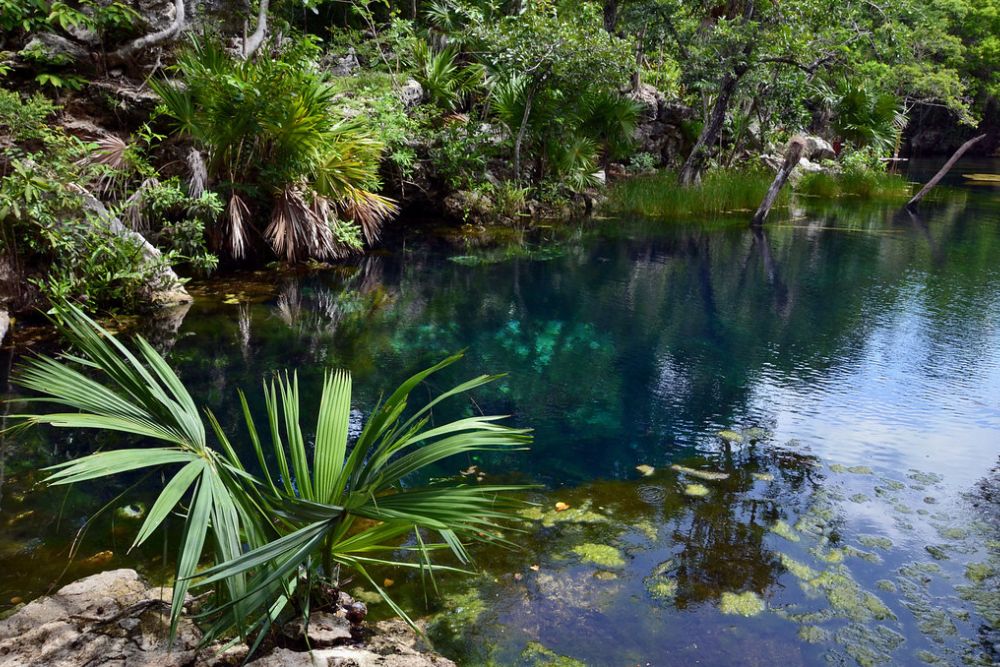
Highway 307 passes right by this cenote, yet most drivers never suspect the hidden paradise just steps from the pavement. The entrance pool leads to a vast underwater cavern where massive limestone columns create natural platforms for brave cliff jumpers.
Tree roots snake down from the surface like underwater vines, creating a surreal forest effect that transforms snorkeling into an exploration of an alien aquatic jungle.
Cenote Calavera
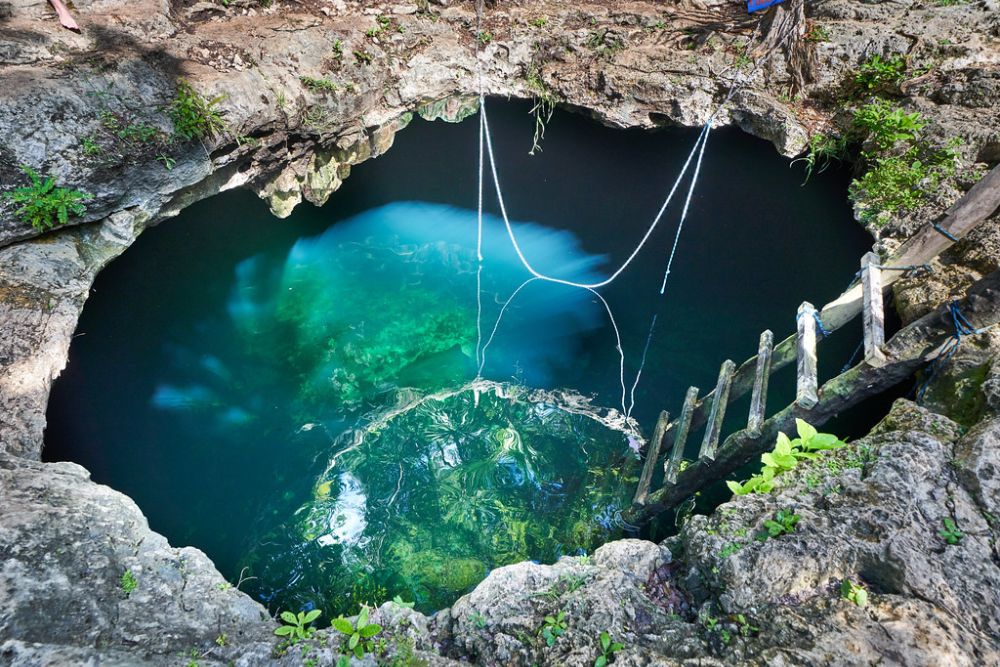
Three circular openings give this cenote its skull-like appearance when viewed from above—hence the name that means ‘skull’ in Spanish. Rocky steps lead down to water that varies dramatically in depth, with shallow areas perfect for nervous beginners and deeper sections that challenge even experienced snorkelers.
Sunlight streams through the three openings, illuminating limestone formations that have been carved by water over thousands of years into intricate patterns resembling abstract sculpture.
Cenote Cristalino

Twin pools connected by a narrow limestone bridge create this unique double-cenote system where snorkelers can swim from one crystal-clear pool to another. The northern pool basks in direct sunlight most of the day, while the southern section remains partially shaded by overhanging jungle vegetation that creates dappled light patterns on the water’s surface.
Both pools maintain incredible clarity thanks to continuous spring flow that keeps the water in constant, gentle motion.
Like Travel Pug’s content? Follow us on MSN.
Cenote Azul
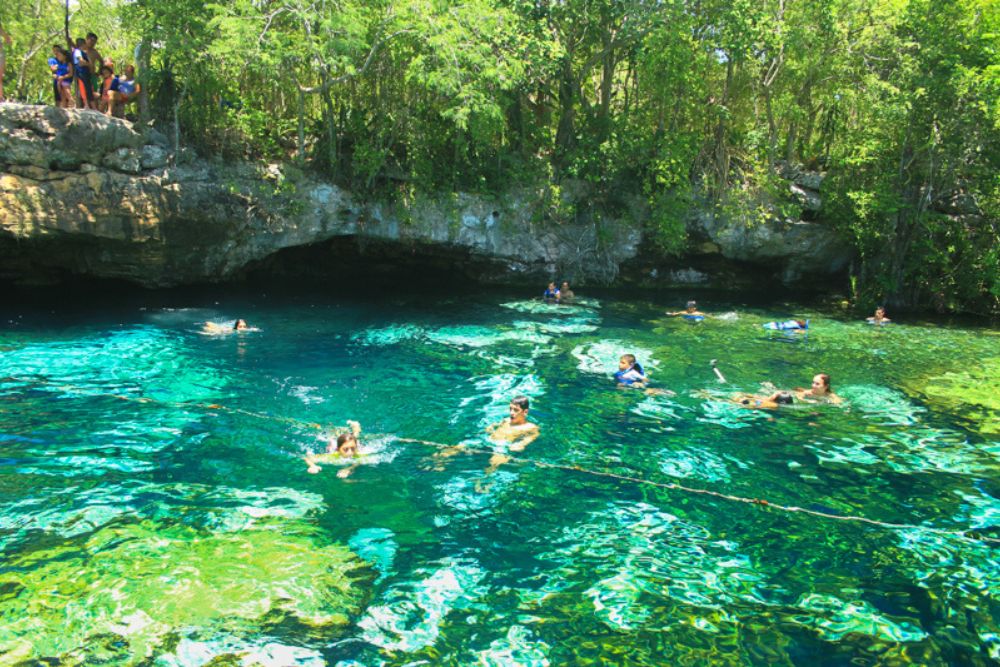
Despite its location along the busy Riviera Maya corridor, this large cenote attracts surprisingly few visitors compared to its more famous neighbors. Deep blue water contrasts dramatically with bright white limestone walls that drop straight down from the surface like the sides of a natural cathedral.
Small caves and crevices along the walls provide hiding spots for tiny fish species that exist nowhere else in the region, making every snorkeling session a potential discovery expedition.
Cenote Nohoch Nah Chich
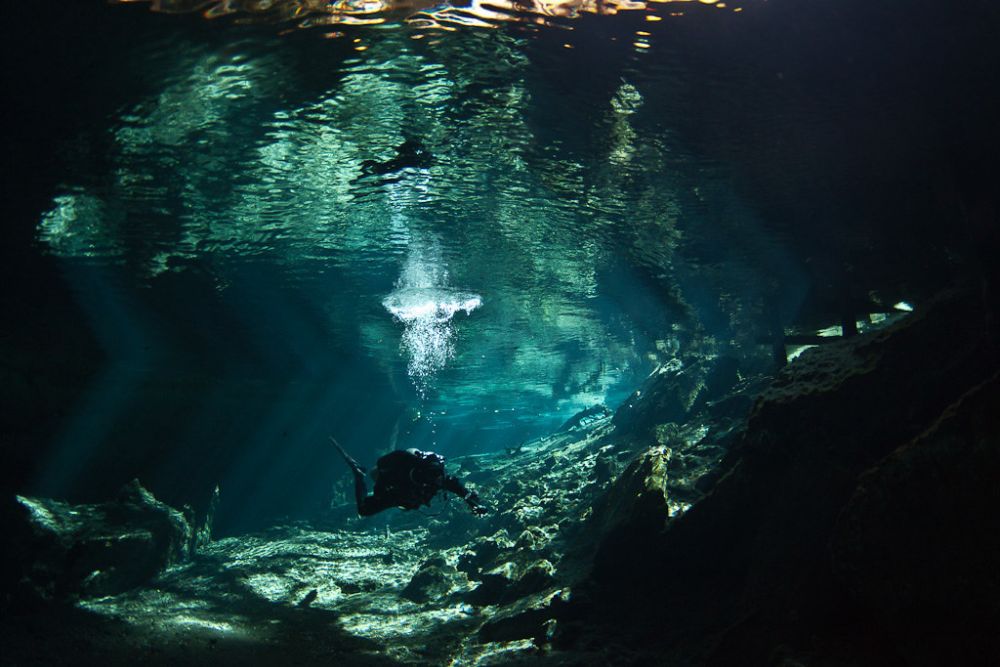
Part of the world’s longest surveyed underwater cave system, this cenote offers recreational snorkelers a glimpse into passages that extend for miles beneath the jungle. The main pool connects to several smaller cenotes through underwater tunnels that remain well within safe snorkeling limits—no cave diving certification is required.
Ancient Mayan artifacts discovered in deeper sections remind visitors that these waters have been sacred for over a thousand years.
Cenote Santa Cruz

Hidden within a private nature reserve, this cenote requires advance permission to visit, but rewards determined travelers with absolutely pristine conditions. The perfectly circular pool measures roughly 200 feet across and features a fascinating halocline where fresh and saltwater meet, creating visual distortions that make underwater objects appear to shimmer and dance.
Howler monkeys and tropical birds frequent the surrounding jungle, providing natural entertainment during surface intervals.
Like Travel Pug’s content? Follow us on MSN.
Cenote Tak Be Ha

Multiple connected pools near Tulum create a cenote system that offers everything from shallow wading areas to deep caverns suitable for advanced snorkelers. The limestone formations here display exceptional detail thanks to mineral-rich water that has spent centuries carving intricate patterns into the rock.
Several species of blind cavefish inhabit the deeper sections—evolutionary marvels that lost their eyesight after countless generations in perpetual darkness.
Cenote Aktun Chen

Visitors must walk through dry limestone caves to reach this underground lake, combining spelunking with snorkeling in a single adventure. The subterranean waterway stretches nearly a quarter-mile through chambers decorated with massive stalactites and stalagmites that create natural architecture more impressive than any human cathedral.
Carefully placed lighting illuminates the geological formations without disturbing the delicate cave ecosystem that has developed in isolation.
Cenote Xunaan-Ha

Reaching this remote cenote near Coba requires a bicycle ride through jungle paths—a journey that ensures only committed adventurers make an effort. Crystal-clear water surrounded by untouched jungle creates an experience that feels like discovering a lost world, complete with howler monkey calls echoing through the canopy overhead.
The cenote’s isolation has preserved water quality that rivals the most pristine mountain springs, with visibility that seems to extend forever into the limestone depths.
Like Travel Pug’s content? Follow us on MSN.
Cenote Pet Cemetery
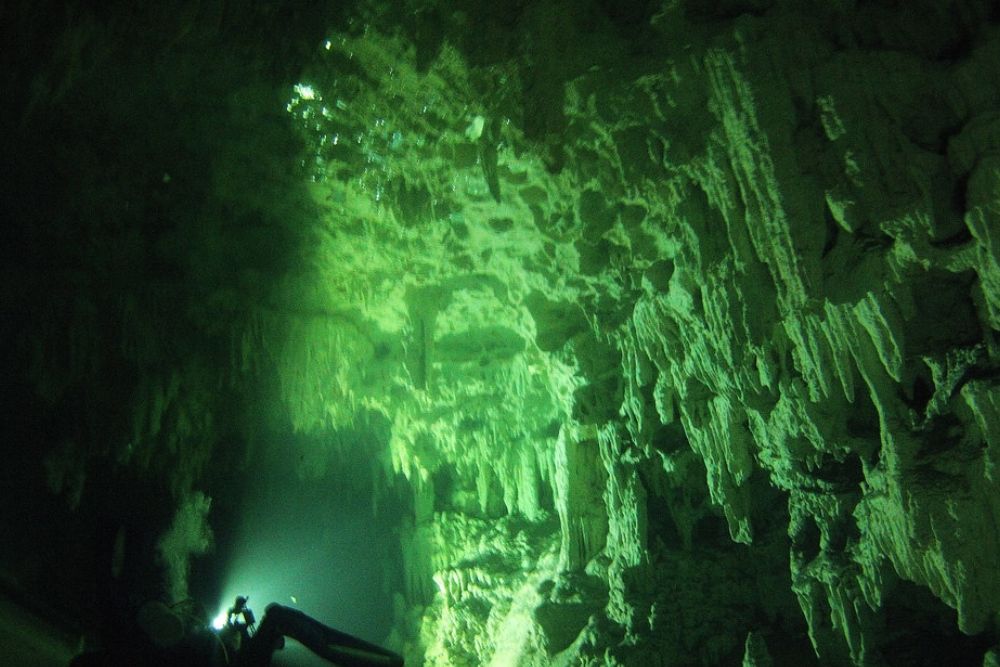
Don’t let the unsettling name discourage you—this cenote offers some of the region’s most spectacular underwater scenery through chambers filled with ancient geological formations. The main entrance opens into a space so large it feels like swimming inside a natural cathedral, with sunbeams creating dramatic spotlights on limestone walls covered in millions of years of mineral deposits.
Deeper chambers reveal fossils embedded in the rock, providing glimpses of prehistoric life that existed when this area lay beneath ancient seas.
Cenote Zapote

Technical divers know this cenote for its famous ‘hell’s bells’—unique limestone formations that hang from the ceiling like giant stone mushrooms. Recreational snorkelers can explore the upper levels where these geological curiosities create an underwater landscape unlike anywhere else on Earth.
The water maintains exceptional clarity throughout the year thanks to minimal surface runoff and constant replenishment from deep underground springs.
Cenote Angelita
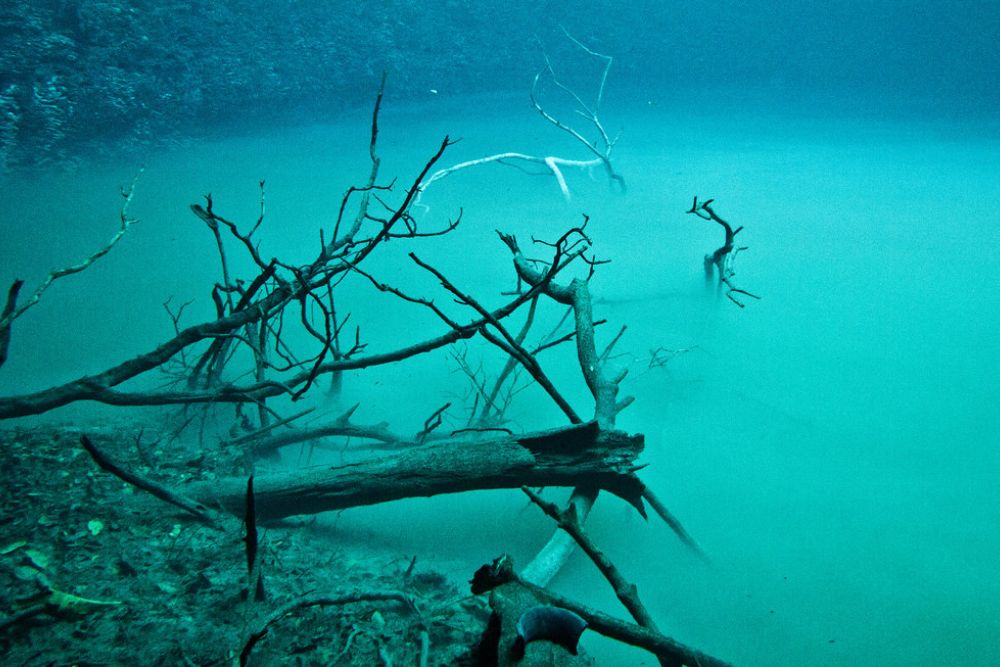
One of nature’s most mind-bending optical illusions occurs in this deep cenote, where an underwater river appears to flow through the cenote at 100 feet depth. While reaching the actual river requires technical diving skills, snorkelers can observe the halocline effect from above, where fresh and saltwater create a visible boundary that looks like a liquid mirror.
Virgin jungle surrounds the cenote, maintaining the pristine conditions that make this optical phenomenon possible.
Like Travel Pug’s content? Follow us on MSN.
Cenote Casa Cenote
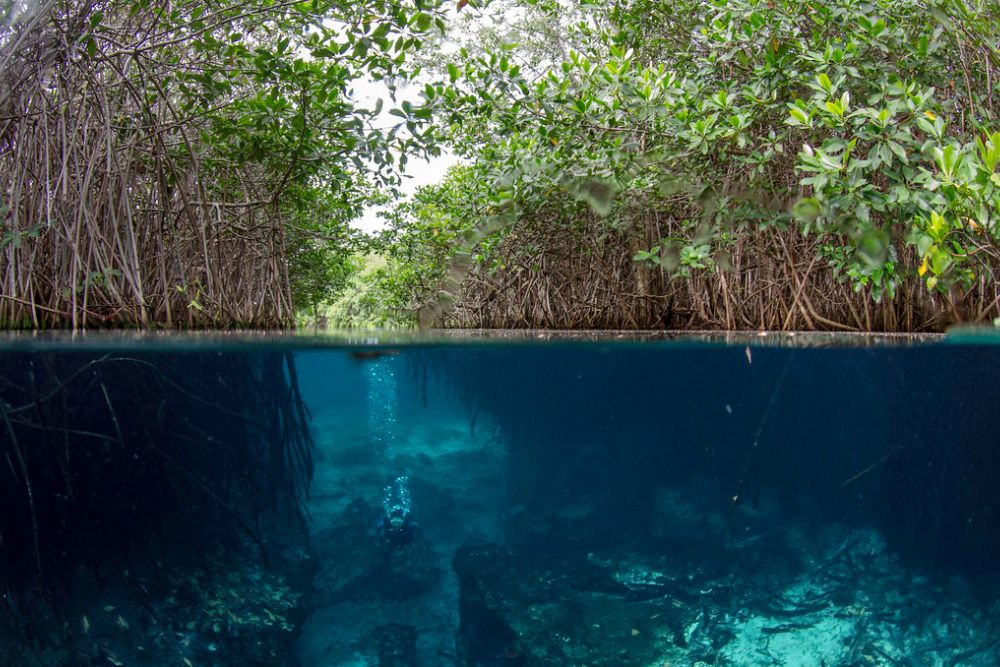
Underground passages connect this cenote to the nearby ocean, creating subtle tidal influences that make it unique among freshwater cenotes. The mixture of fresh and saltwater supports species found in neither pure freshwater environments nor open ocean habitats—evolutionary specialists that have adapted to this unusual combination.
Mangrove roots extend into the water like natural snorkel trails, leading from bright open areas into mysteriously shadowed grottos where light filters through the canopy in otherworldly patterns.
Cenote Escondido
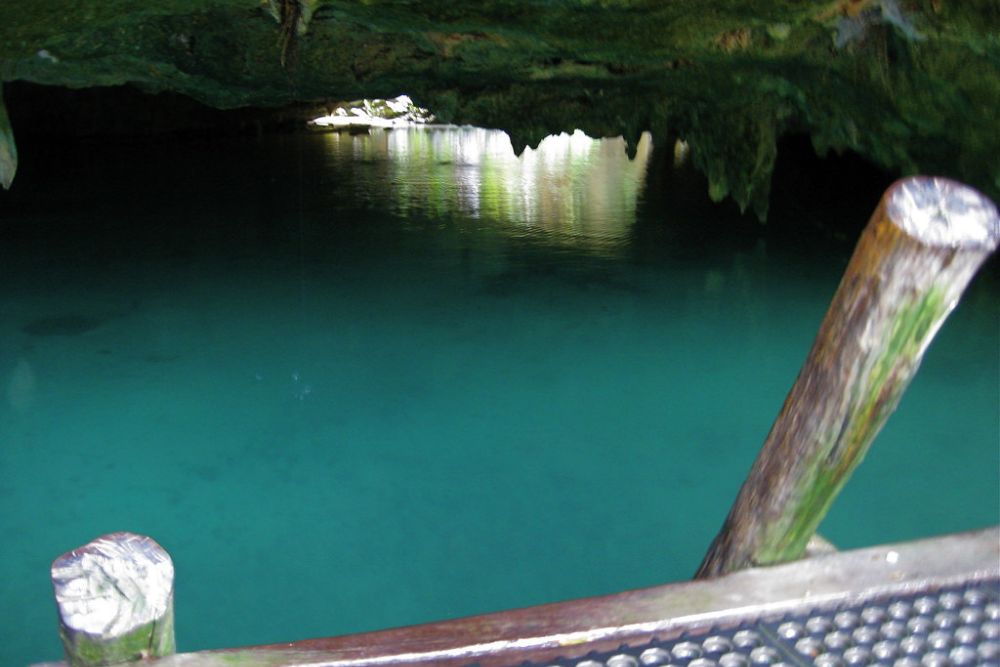
Living up to its name, this hidden cenote sits unmarked along back roads where only locals know its exact location. The perfectly circular pool drops straight down through water so clearly it seems like looking through the air, revealing limestone walls decorated with fossilized coral from the ancient seas that once covered this region.
Minimal vegetation around the edges allows maximum sunlight penetration, creating underwater visibility that photographers dream about but rarely find.
Cenote Multum-Ha
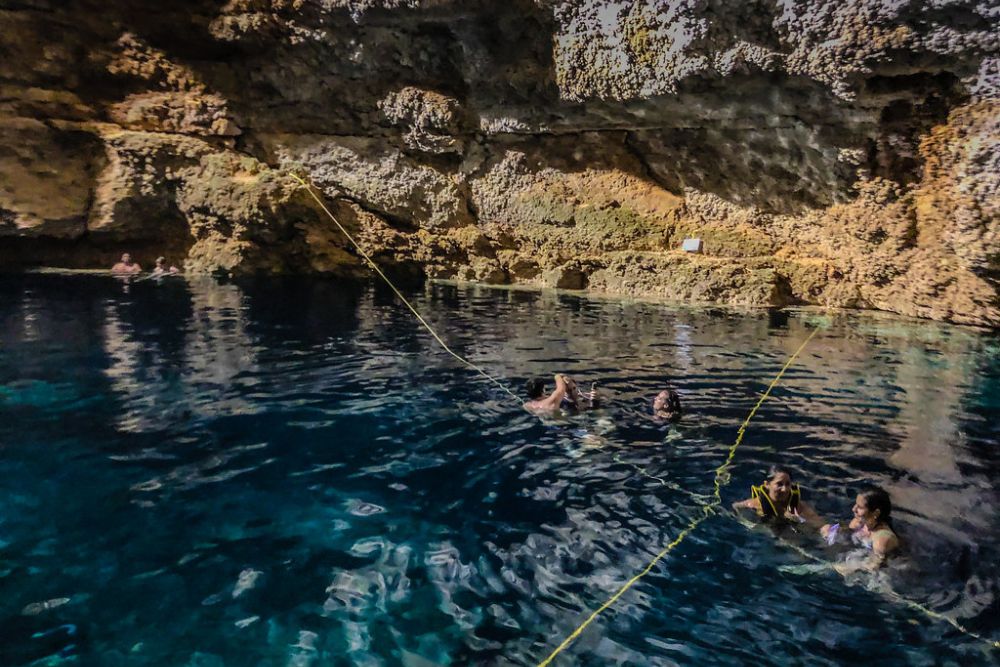
Part of an interconnected cave system that includes several other cenotes, this location offers the unique opportunity to snorkel multiple distinct environments in a single visit. Each section has its personality—some feature dramatic light shafts piercing the darkness, while others remain in perpetual twilight beneath limestone overhangs that create intimate, almost mystical atmospheres.
The variety ensures that every few minutes reveals completely different underwater scenery.
Like Travel Pug’s content? Follow us on MSN.
Cenote Choo-Ha

Access requires squeezing through a narrow jungle opening that leads down into an underground chamber—an adventure that begins before you even touch the water. The cavern opens into a space large enough for comfortable swimming while maintaining an intimate, almost secretive atmosphere that makes every visitor feel like they’ve discovered something truly special.
Stalactites reflect perfectly in the mirror-smooth surface, creating doubled images that challenge your perception of where the water ends and the air begins.
Cenote Yokdzonot

Managed by the local Mayan community, this cenote offers authentic cultural experiences alongside exceptional snorkeling in waters that remain pristine thanks to traditional conservation practices. Local families share knowledge about the cenote’s ecological and spiritual significance that has been passed down through generations, adding cultural depth to the natural beauty.
Strict limits on daily visitors and prohibition of chemical sunscreens maintain water quality that approaches laboratory-grade purity.
Sacred Waters of the Maya
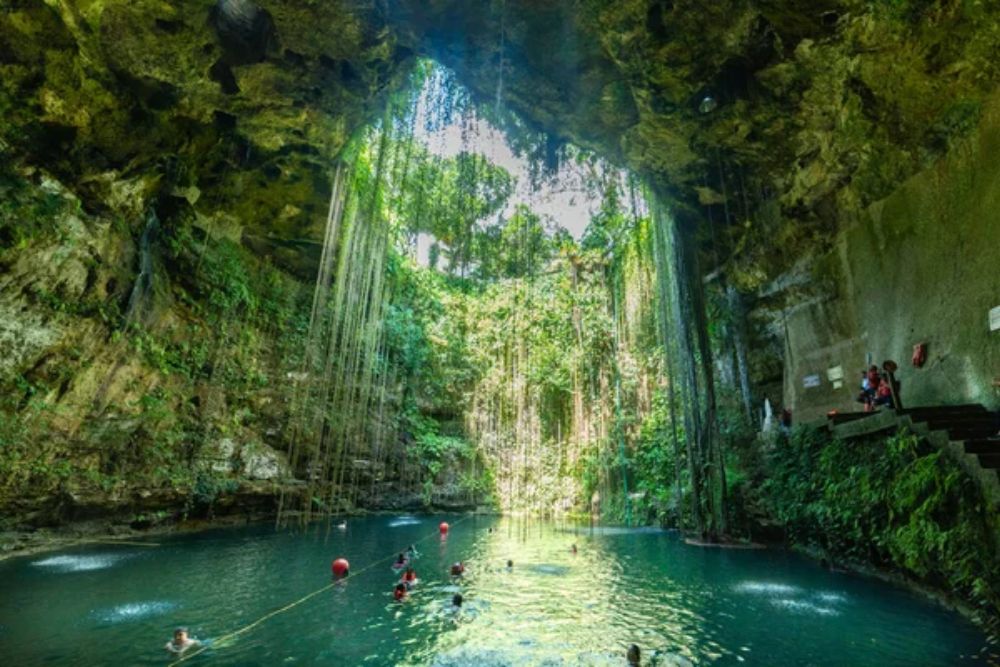
These hidden cenotes represent just a tiny fraction of the estimated 6,000 that punctuate the Yucatan Peninsula—each one a unique window into underground river systems that have flowed in darkness for millions of years. Modern exploration continues revealing new cenotes and cave connections, suggesting that Mexico’s subterranean water world holds mysteries that will take generations to understand fully. The combination of perfect water clarity, ancient limestone architecture, and diverse aquatic ecosystems makes these cenotes among Earth’s most extraordinary natural destinations for underwater exploration.
More from Travel Pug

- 20 Best Beach Towns in the Carolinas
- 13 Destinations Where Tourists Regularly Regret Their Trip
- 20 Things You Actually Get in First Class
- 20 Small Airports With Aviation Museums
- 20 Places in the U.S. That Are Perfect for a Reset Trip
Like Travel Pug’s content? Follow us on MSN.
